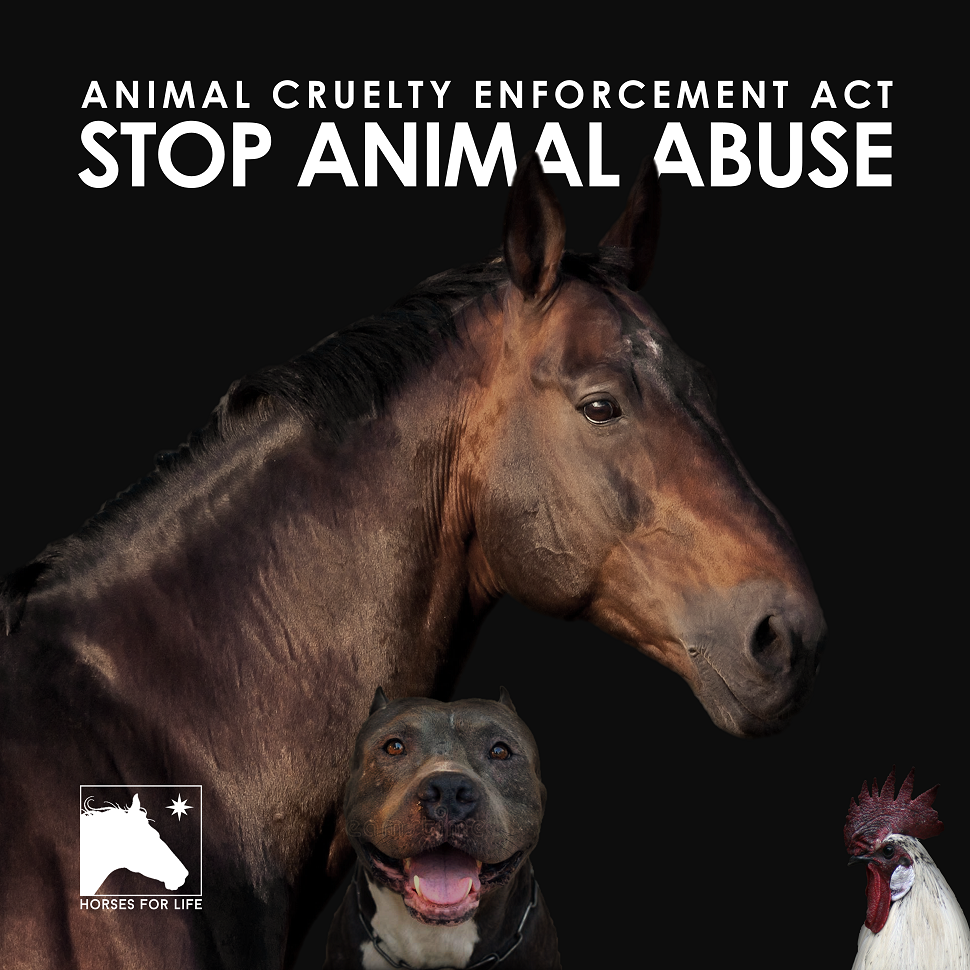Every day, countless animals endure unimaginable suffering, often at the hands of those who should be their guardians. Have you ever pondered the implications of a world where animal cruelty laws remain inadequate? The urgency for reform weighs heavily on the conscience of those who advocate for the voiceless. As we delve into the pressing need for stricter laws against animal cruelty, we must confront the grim realities of current legislation and consider the challenges that come with enacting meaningful change.
The legal framework surrounding animal welfare in many jurisdictions is, at best, anemic. Protections for animals often lag behind societal values, creating a dissonance between public sentiment and legislative action. The existing laws frequently impose minimal penalties for acts of cruelty, leading to a pervasive culture that trivializes the plight of suffering animals. Such leniency fosters an environment where perpetrators remain unaccountable, and animals do not receive the respect and protection they deserve.
One must ask: Are we, as a society, willing to allow this dissonance to continue? The vehemence of public outcry against heinous acts of cruelty attests to our collective moral values. Yet, when it comes to enacting tougher laws, the response is often tepid. This raises an intriguing challenge: how can we galvanize both public sentiment and legislative will to effectuate substantive change in animal protection laws?
There is a compelling ethical imperative to enforce stricter laws against animal cruelty. Animals possess the ability to experience pain, fear, and suffering, a reality that modern society cannot ignore. Researchers have increasingly revealed the complex emotional lives of animals, underscoring their sentience and intrinsic value. Consequently, the moral obligation to shield them from harm becomes undeniable. Enforcing stricter laws would signify a paradigm shift—one that acknowledges animals as beings worthy of protection rather than mere property.
Moreover, the ramifications of animal cruelty extend beyond the immediate suffering of the victims. Numerous studies have established a link between animal cruelty and human violence. Perpetrators of animal abuse often progress to more severe forms of violence, including domestic abuse and even homicide. The notorious correlation between animal cruelty and criminal behavior suggests that improving laws to protect animals could indirectly contribute to safer communities. Thus, it is not only an ethical issue but also a matter of public safety.
Furthermore, the economic cost of animal cruelty is staggering. Animal cruelty incidents place an enormous burden on governmental resources, including law enforcement, rehabilitation programs, and animal control. Taxpayer dollars are often allocated to manage the fallout from cruelty cases instead of being directed toward proactive measures that could prevent such atrocities in the first place. Consequently, stronger laws could provide numerous economic advantages by reducing the frequency and severity of these cases.
Nevertheless, the path to reform is strewn with obstacles. One significant barrier lies in the resources available for enforcement. Many animal control agencies are underfunded and lack adequate training and staffing to address complex cruelty cases. As a society, we must advocate for increased funding and support for these organizations, enabling them to carry out their crucial work effectively. Increased resources mean not just a reactionary approach to animal cruelty, but a proactive stance that includes education and prevention.
Moreover, public awareness plays a pivotal role in advocating for stricter laws. A culture that desensitizes individuals to animal suffering creates a formidable challenge to reform. Educational initiatives can bridge this gap by informing communities about the signs of animal abuse and the legal avenues available for reporting such acts. Community involvement fosters a sense of shared responsibility, encouraging individuals to speak out against cruelty. Thus, mobilizing public sentiment is an essential strategy in the fight against animal abuse.
Another layer of complexity arises from the legal intricacies involved in enforcing animal protection laws. Legislation can be convoluted, often leaving room for misinterpretation or lack of enforcement. Simplification and standardization of laws could alleviate this issue, ensuring that perpetrators face consistent and appropriate consequences for their actions. Advocates must work diligently to educate law enforcement on the nuances of animal welfare legislation and encourage proactive engagement with the community to sharpshoot ongoing issues of cruelty.
In contemplating the enforcement of stricter laws against animal cruelty, one must also consider what role existing penalties play in deterrence. Currently, many offenders face slap-on-the-wrist penalties that fail to instigate a genuine behavioral change. Enhanced sentencing guidelines, including mandatory counseling or community service for offenders, can foster a more rehabilitative approach. It’s a nuanced balance between punishment and reform, one that can transform lives—both human and animal.
In conclusion, the necessity for stricter laws against animal cruelty cannot be overstated. Our capacity for empathy and moral responsiveness defines our society. While challenges and complexities abound, the time for action is now. By rallying support for enhanced legislation, increasing community engagement, and ensuring proper resources for enforcement, we can architect a system that genuinely protects the vulnerable. The call to action is clear: let us champion the cause of those who cannot speak, for in doing so, we fortify our humanity.










